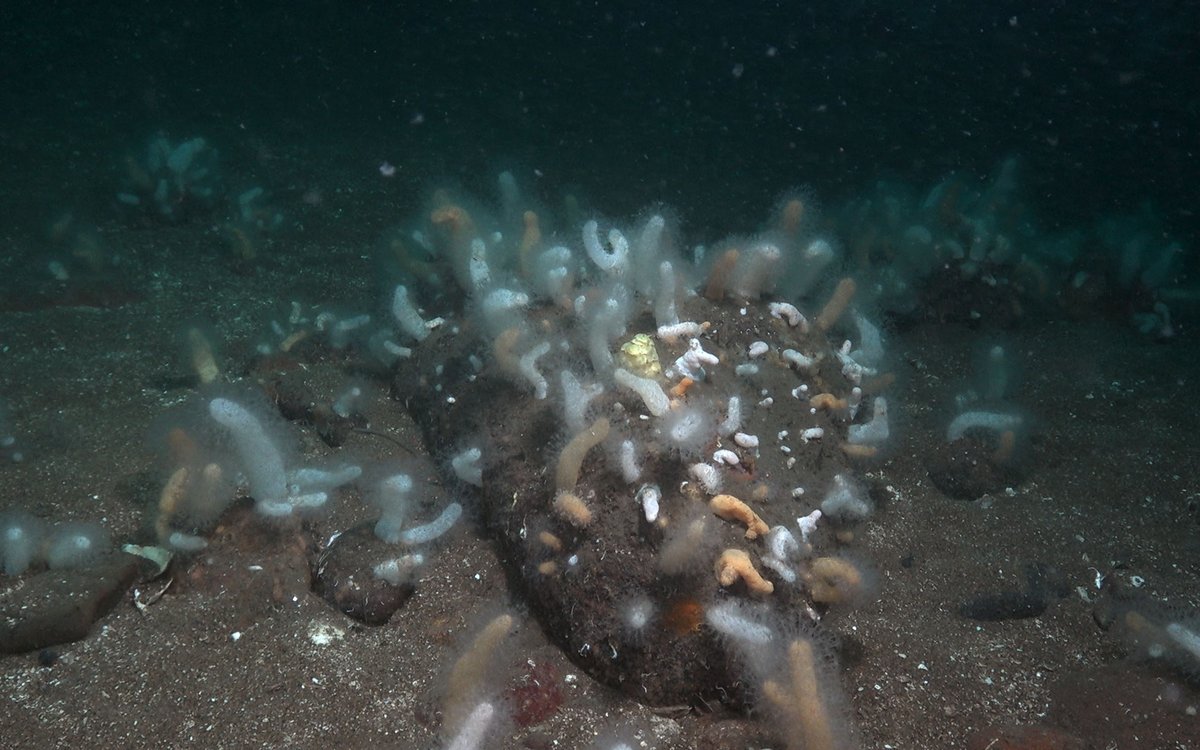

Sun, sand and sea stars in Sørvest F
Published: 30.06.2025 Updated: 02.07.2025
Sørvest F is an area to be assessed for offshore wind development in the Southern North Sea; part of Norway’s effort to expand its renewable energy capacity (NVE, 2023) and act as an extension to Sørlige Nordsjø II, already opened for offshore wind (NVE, 2024).
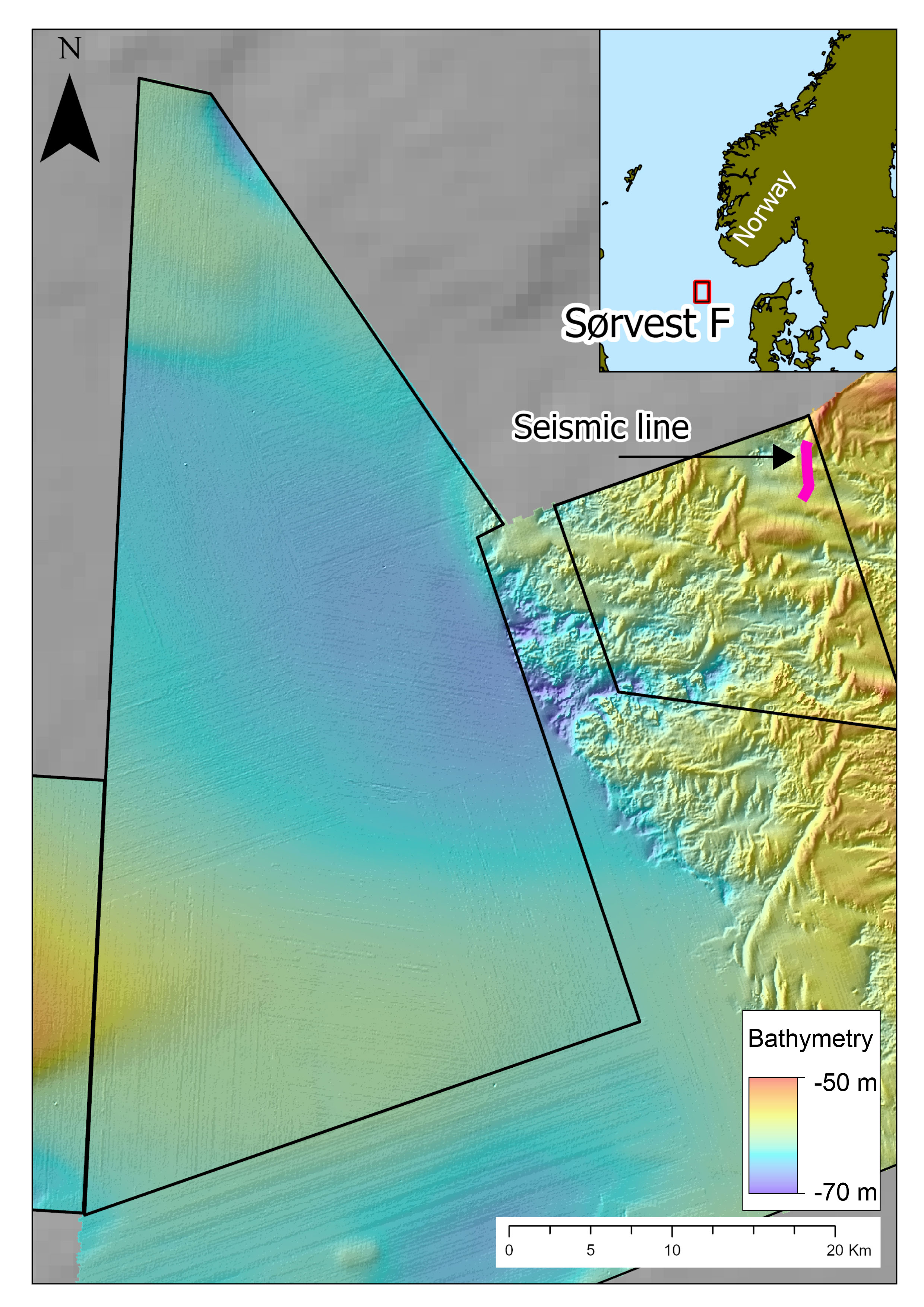
It is a shallow area with water depths ranging between 54 and 70 meters, having potential for bottom-fixed offshore wind farms (NVE, 2023). Understanding the geology, biology and marine processes that occur within this area, may provide clearer insight on how offshore wind infrastructures interact with the seabed; it is also important in decision making and design optimization of the wind turbines (Petrie et al., 2022).

The largest part of the area consists of moraine material covered by layers of sand. And for the first few days this is all we saw – sand in different shapes and sizes, sometimes combined with gravel in large megaripples, sometimes very fine sand with a little mud.
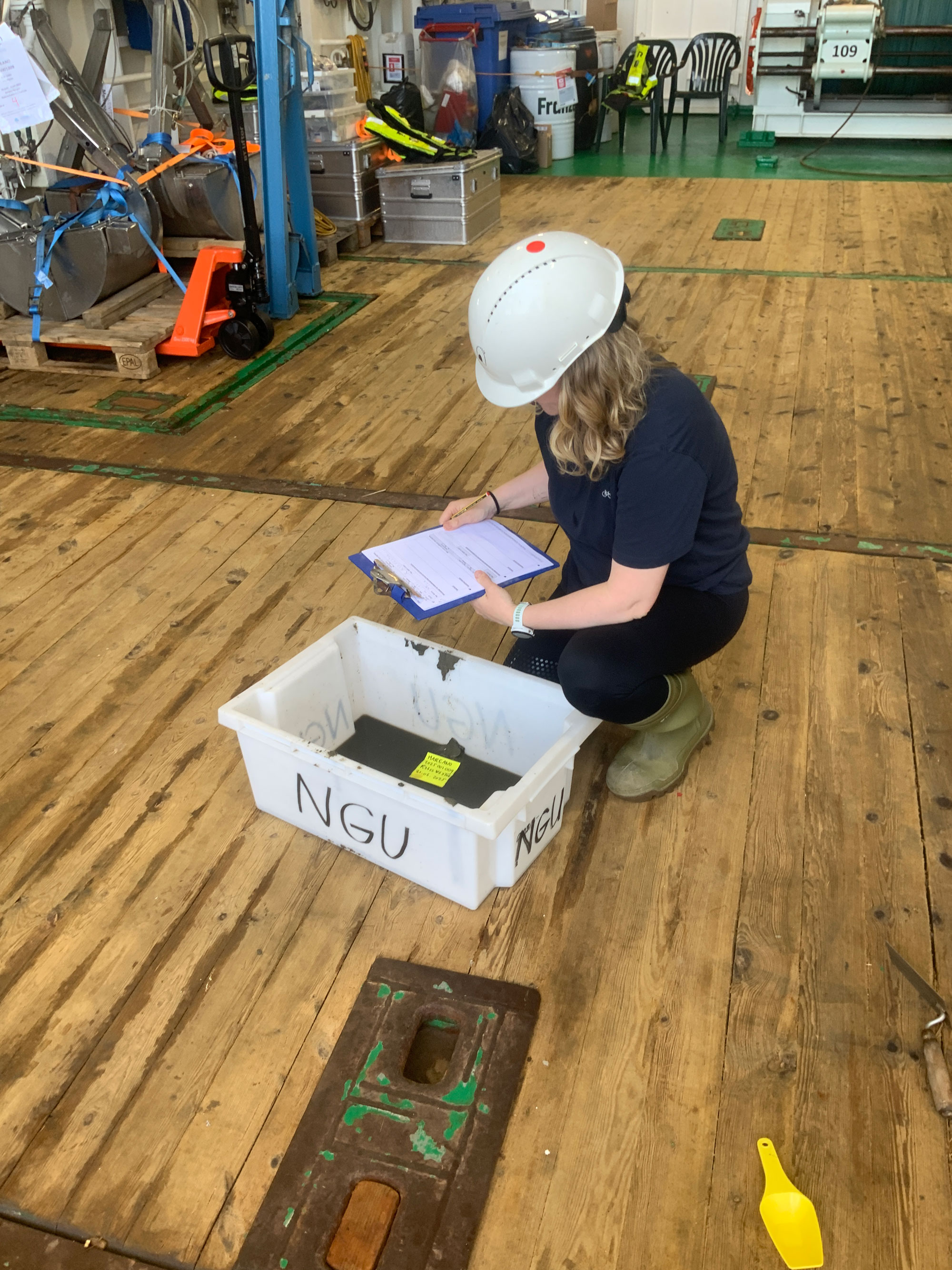
While we wait for the data to be combined with the data collected during the winter and fully analysed, we can already ascertain that we have come upon the kingdom of flatfish in these sandy areas.
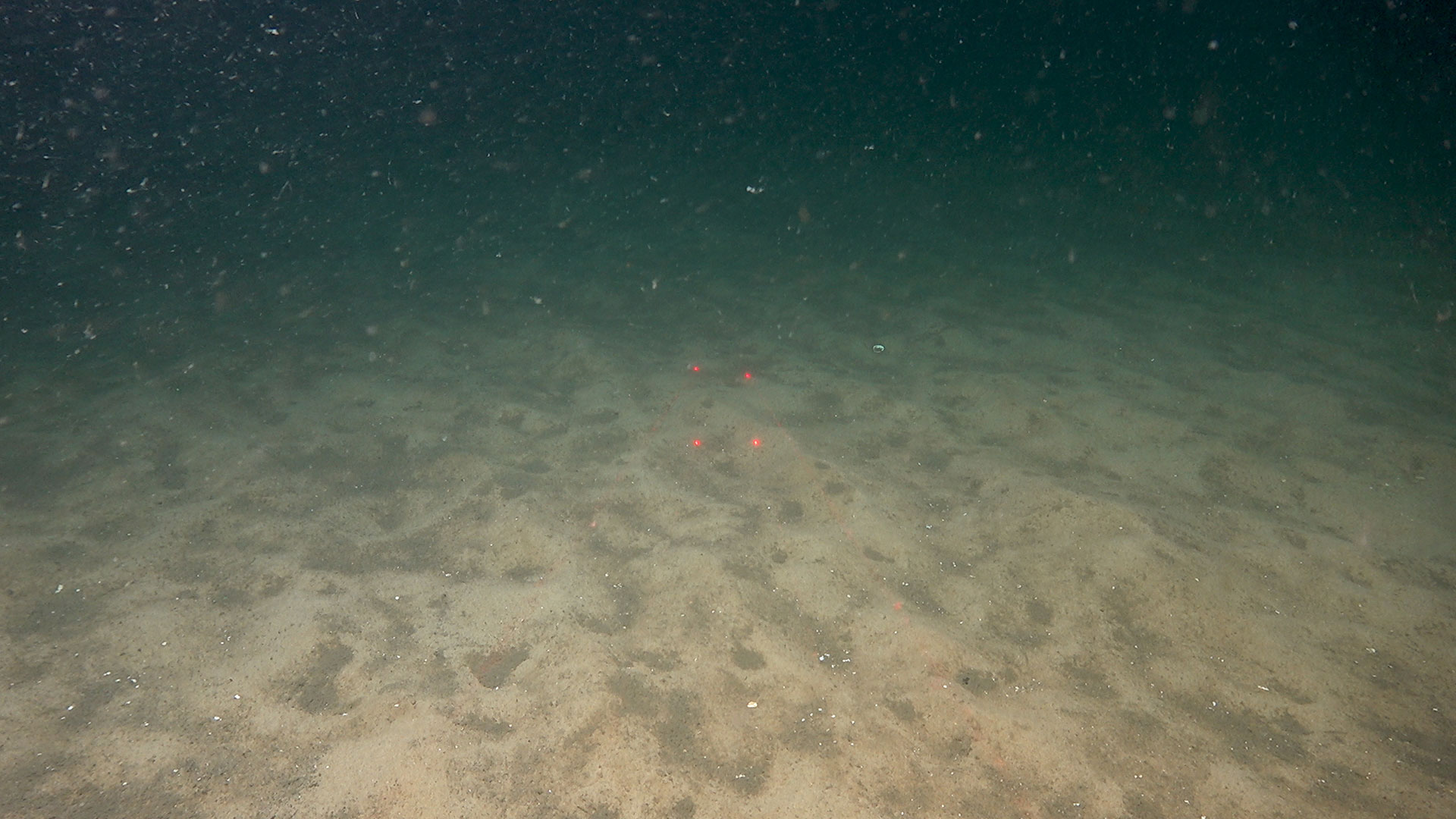
Flatfish, fish of the Order Pleuronectiformes, represent one of the most fascinating examples of extreme morphological adaptation in vertebrates; particularly their asymmetrical body plan. Flatfish begin life as symmetrical larvae, like most fish. During development, one eye migrates to the other side of the head, resulting in asymmetry; they lie flat on the ocean floor with both eyes facing up and blend perfectly into their surroundings.
If flatfish is king in this area, then sea star is the queen. We have counted hundreds of them! Sea stars are mainly carnivore animals from the Phylum Echinodermata, which are characterized by their radial symmetry. We have found many different species in this area, of which the most common are Astropecten irregularis, Asterias rubens and Luidia sarsii.
Another important sand-dweller is the worm Oxydromus flexuosus. This is a relatively common polychaete worm which can also occur in harsh, low-oxygen or even polluted habitats. It can even thrive in anoxic sediments with high sulfide content!
In some areas, specifically toward the northeast, the moraine material is exposed at the seabed. In some of these areas, the fine sediments have been washed away by waves and currents resulting in a very coarse lag deposit. These lag deposits are full of life and provide the perfect substrate for animals such as Dead man's fingers (Alcyonium digitatum), a soft coral that forms thick, finger-like lobes, hence the name! Like many other filter-feeders, it requires areas with strong currents and low sedimentation, and it typically grows on hard substrates, providing the environment with increased three-dimensional structure. This structure creates plenty of habitat for a plethora of other organisms to enjoy.
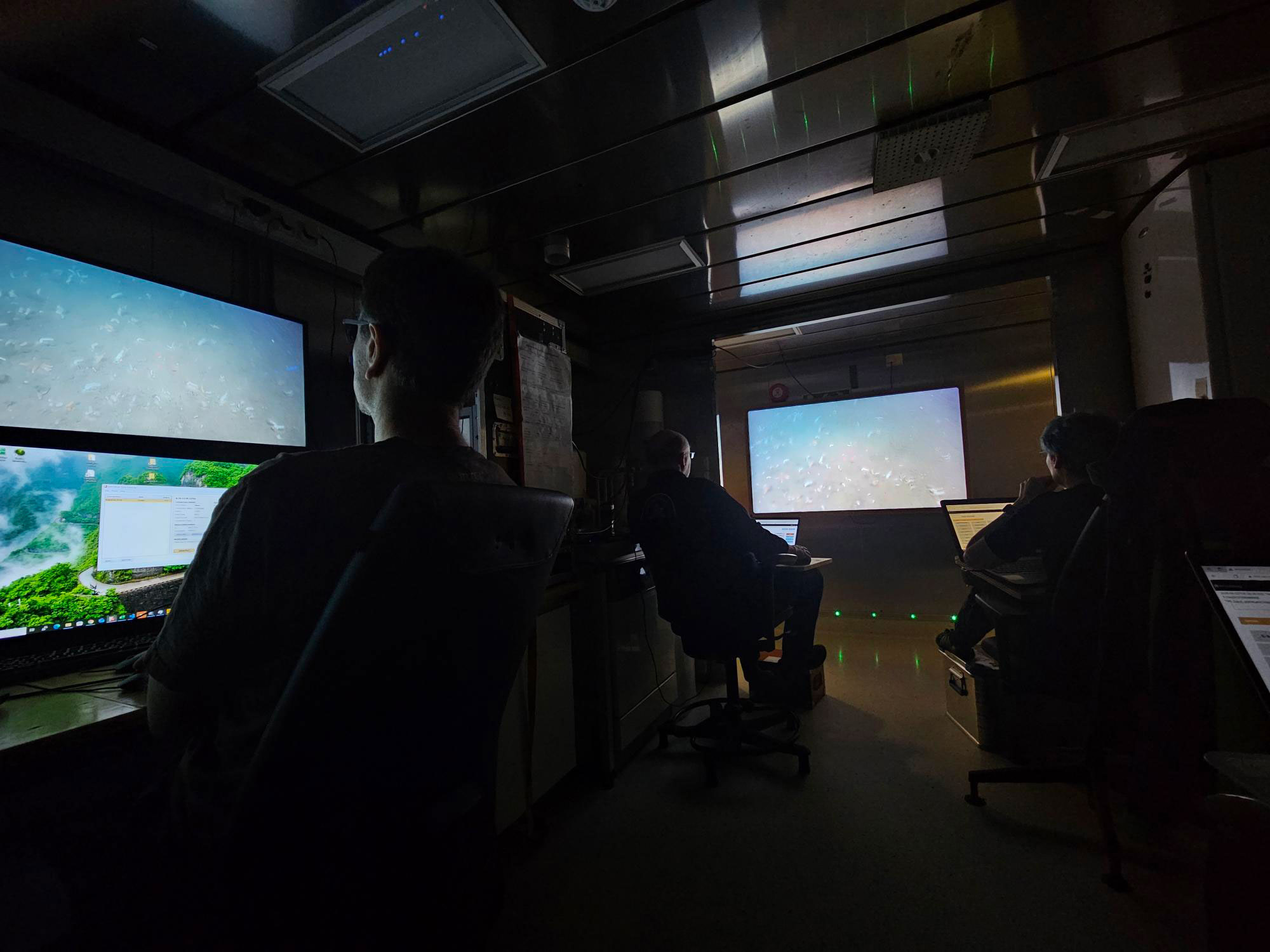
Now, after all this sand and coarse moraine sediments, we are in the Norwegian trench, back in the land of mud taking many full stations.










